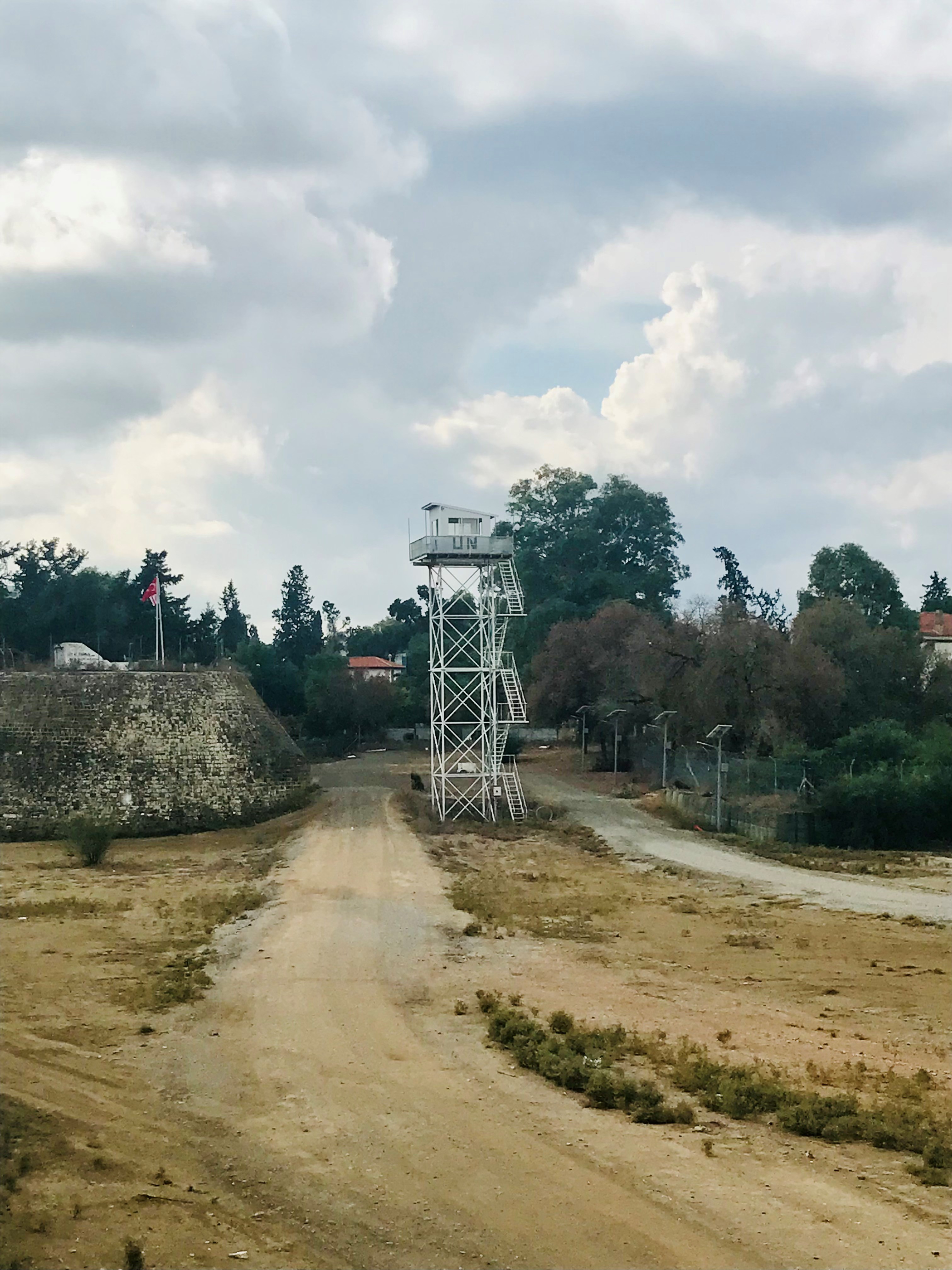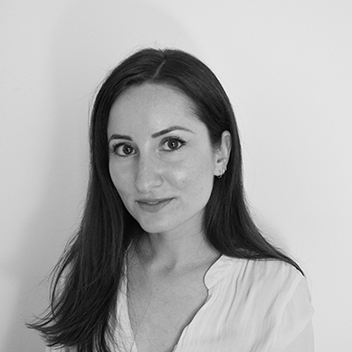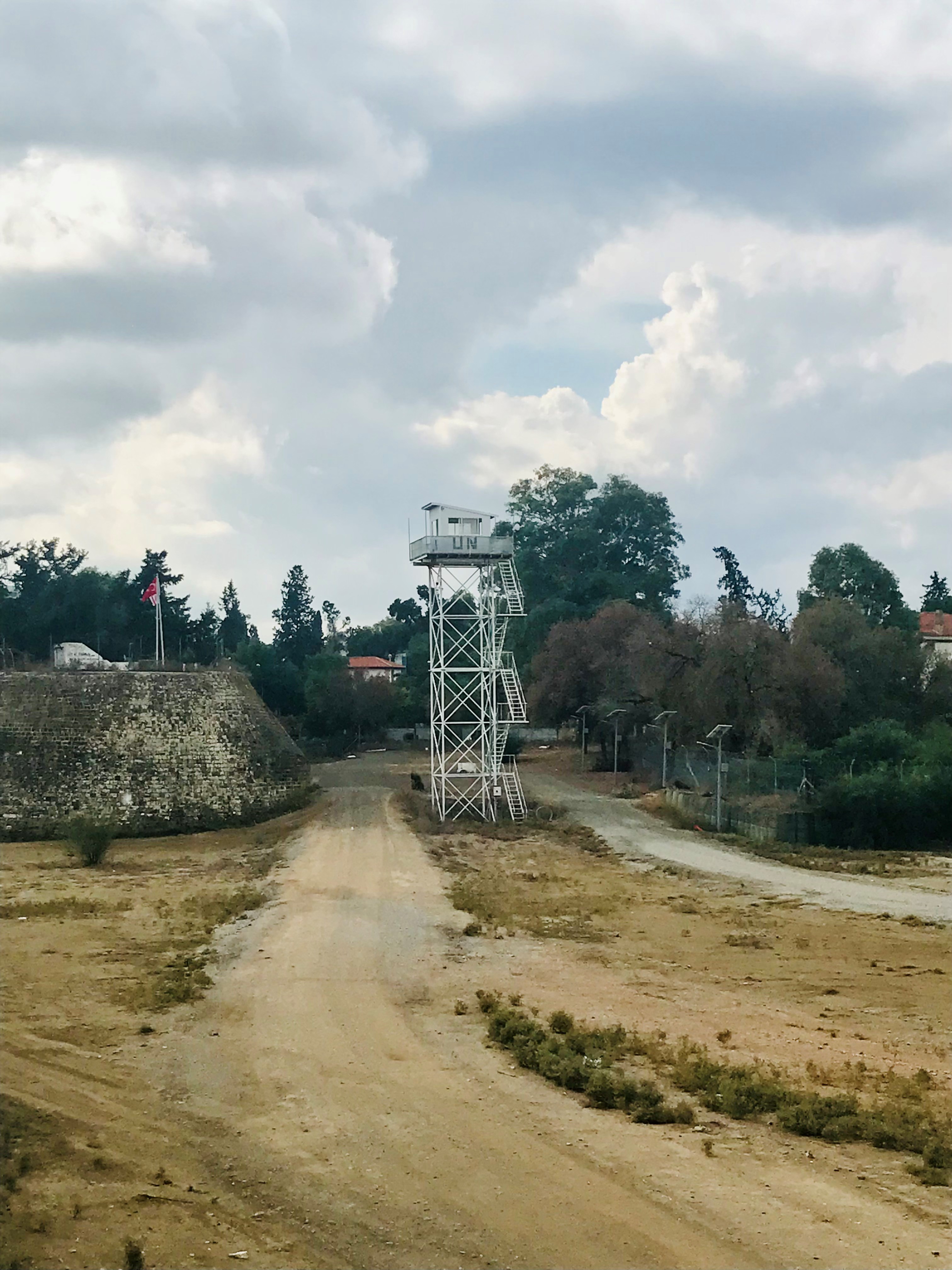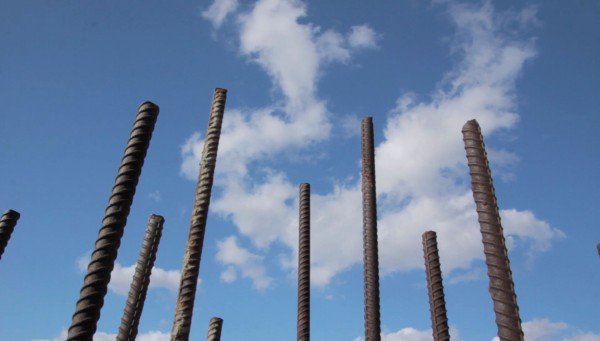Nicosia: The divided city
Posted on 13-12-2021
Due to Covid-related delays, the first RE-DWELL summer school took place last month at the Cypriot host institution in Nicosia. The week-long activities served to enrich the development of our individual research projects whilst enabling us to build on our connections with fellow Early-Stage Researchers (ESR), the supervising team, and external speakers. Despite Nicosia being the capital city of Cyprus, the urban scale was much more modest than I had expected. The historic area had a village feel, which was mainly residential and generally only built up to 2 storeys high, with many friendly stray cats roaming the streets. Nicosia is in fact Europe’s last divided city, bearing similarities to the German capital Berlin which was divided for approximately 50 years – Nicosia has so far been divided for almost as long. The Turkish-Cypriot border reaches across the island and extends up into Nicosia, neatly dividing the circular Walled Old City into two halves [1]. This week was therefore not only valuable in terms of workshop activities, but also in understanding the political and social situation there, and how it has manifested in the city masterplan and architecture.
The division
I began to learn more about the history behind the divide through casual conversations with the locals, including the two ESRs based in Nicosia, as well as with the host supervisors from the University of Cyprus: Nadia Charalambous and Andreas Savvides. At the end of the week, we were given an informative lecture by Athina Papadopoulou, the conservation architect and head of the Greek Cypriot Nicosia Master Plan team since 2010. The official division of Cyprus took place in 1974 and resulted in a Greek-Cypriot south side - occupying around two thirds of the island - and a Turkish-Cypriot north side (Oktay, 2007). This resettlement programme displaced populations of Greek-Cypriots and Turkish-Cypriots, creating refugees on both sides. During our visit we learned about the temporary refugee housing which at the time included tents and brick and mortar homes, the latter of which still exist today. Papadopoulou presented to us the bi-communal initiative to develop a twin masterplan which was funded by USAID through UNHCR & UNDP. This project is based on restoration of individual sites on both sides, such as houses, markets, and historic monuments to name a few. On our visit to the Turkish-Cypriot side of the Walled Old City we were able to visit some of these on a tour with Papadopoulou.
The buffer zone
The UN has the responsibility of securing the buffer zone – also known as ‘the Green Line’ – and its checkpoints, as well as facilitating communication between the two territories. As explained by Papadopoulou, the buffer zone itself presents additional issues as houses and buildings left in this strip of land are falling into disrepair, with many at risk of collapse. The buffer is a demilitarised zone that shapes the urban fabric; it is non-uniform, with wide and narrow sections. However, limited access to the area (which requires a UN guide) creates a barrier to efforts to repair any of the buildings located here. Interestingly, I learned from a ESR based in Nicosia that the border also restricts the movement of animals, so for example you cannot visit for the day and casually take your pet dog with you. It seemed strange to me to enforce such restrictions on an island with a single ecosystem where the large populations of stray cats, birds and other small mammals are constantly freely crossing the border.
Planning for the future
Whether or not the city and the island are politically unified will undoubtedly influence house prices on both sides. The cost of living and rent is currently considerably cheaper on the Turkish-Cypriot side. Speaking with an ESR, who is also an economist, I was able to get a better understanding of the financial implications to the possibility of reunification. As housing is also considered a financial asset, there is incentive for developers and private individuals to buy properties in the historic centre whilst prices are low, in the hope of the value increasing with reunification. Therefore, capitalist motivations may also inadvertently have a shared interest in reunification efforts - particularly within the Walled Old City.
The summer school ended with the viewing of documentary film ‘Anamones’ followed by a discussion with architect Andri Tsiouti who collaborated on the production of the documentary. The film investigates the sociological impact of designing in starter bars (structural steel rods) protruding from the roofs of homes in Cyprus for “future use”. Interviews with parents who had the starter bars built had ‘speculated’ that their children would want to build an additional floor to live above their parents. This film included some light-hearted and humorous interviews with the young adult generation, the majority of whom expressed that they would prefer to live more independently and have more distance from their parents. This served to highlight the importance of knowing what the end-user needs are in the design process in housing, which is one of the key issues being explored by the RE-DWELL network.
Looking forward to Cyprus’ future, there are hopes for reconciliation with projects for cohesion also taking place in the form of social bi-communal events that include meetings, gatherings, and conversations for peace and reunification. I am keen to see how these architectural, urban, and social projects will be able to reshape the city of Nicosia and the island as a whole in a positive way in the years to come.
References
Oktay, D. (2007) ‘An analysis and review of the divided city of Nicosia, Cyprus, and new perspectives’, Geography, 92(3), pp. 231–247. doi: 10.1080/00167487.2007.12094203.
Bibliography
https://unece.org/fileadmin/DAM/thepep/en/workplan/urban/documents/petridouNycosiamasterplan.pdf




